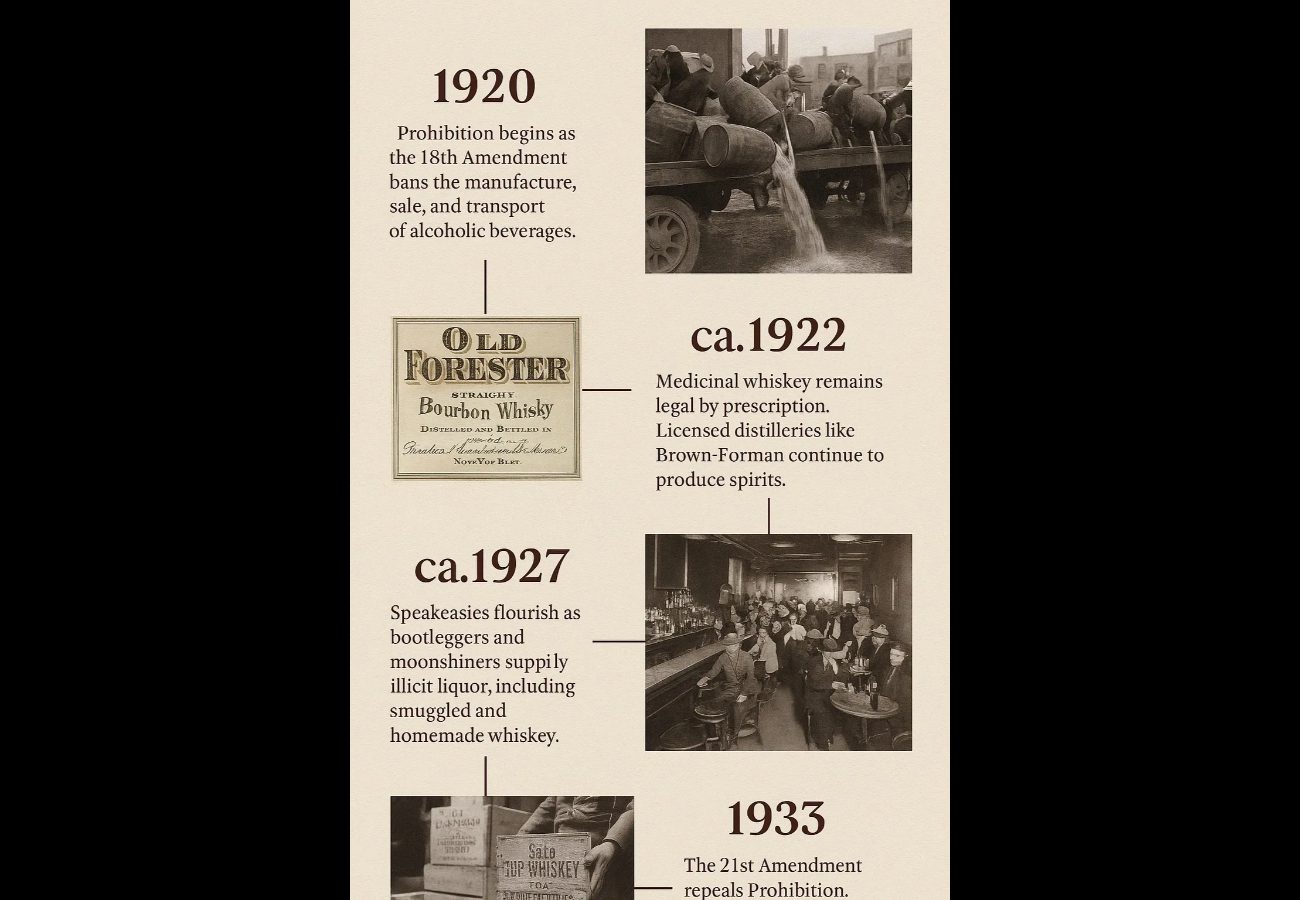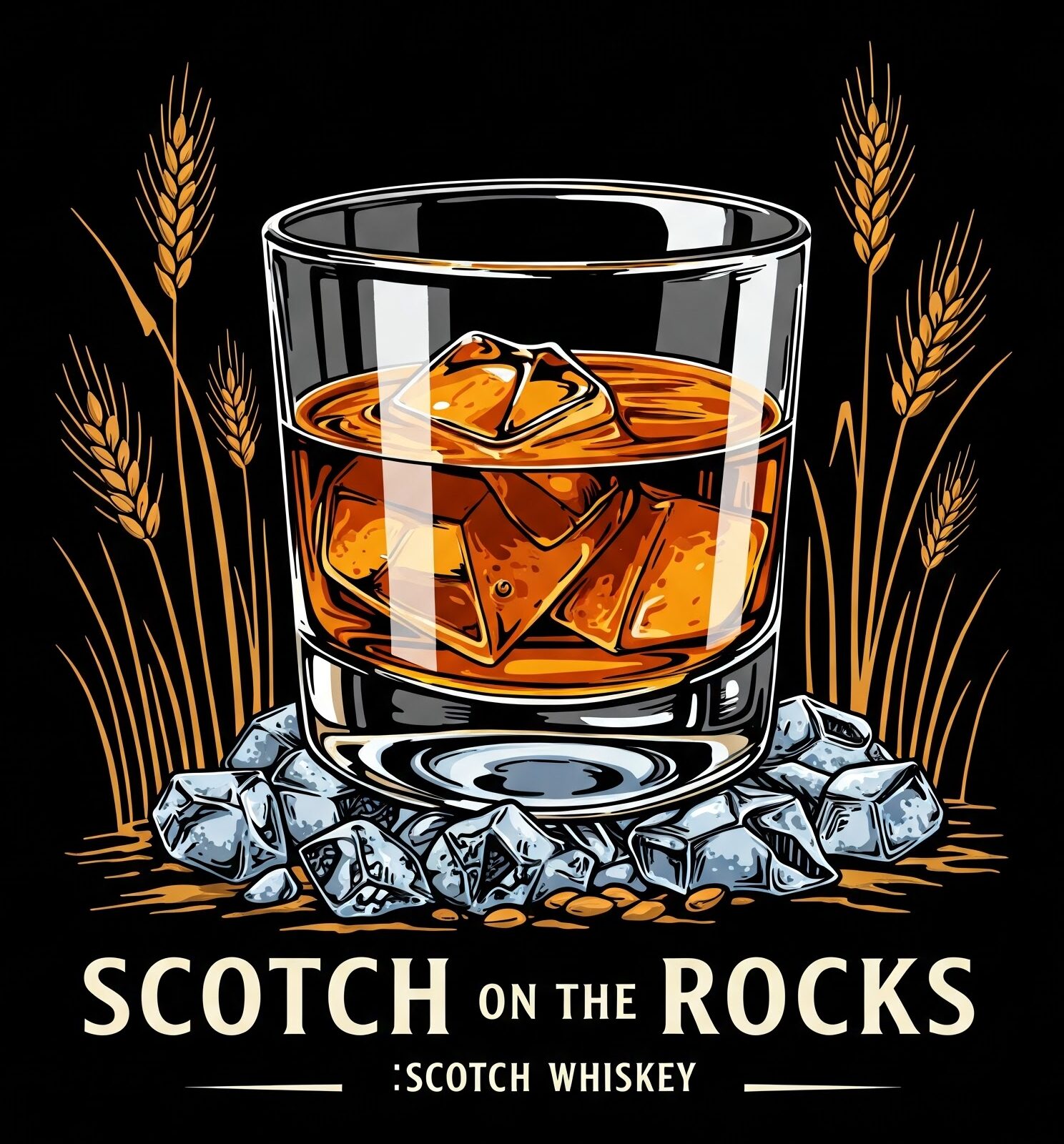
Whiskey History Series: Part 5
The Global Renaissance: Whiskey’s Comeback Story
By the mid-20th century, whiskey had been knocked down. Hard. Decades of Prohibition, global war, and changing tastes left the once-dominant spirit trailing behind vodka and gin. But like any great comeback story, whiskey didn’t stay in the shadows forever.
In the late 20th and early 21st centuries, whiskey experienced a full-blown renaissance. New generations rediscovered its craftsmanship, culture, and complexity—and distillers around the world began shaping it in ways no one could have imagined.
⸻
The Bourbon Revival
Whiskey’s resurgence began quietly in the U.S. in the 1980s. After years of stagnation, bourbon producers started rethinking their strategy. Instead of chasing vodka drinkers with bland, mass-market blends, they embraced heritage, flavor, and age.
Enter the small-batch revolution.
Brands like:
• Maker’s Mark (known for its softer, wheated mash bill),
• Booker’s (a high-proof, unfiltered release),
• and Blanton’s (credited as the first single-barrel bourbon),
…reframed bourbon as a premium, collectible spirit. Whiskey began attracting enthusiasts instead of just everyday drinkers.
Kentucky distillers leaned into their legacy. They dusted off forgotten recipes, revived old labels, and began offering distillery tours—laying the foundation for what would become bourbon tourism.
⸻
The Rise of Japanese Whisky
Meanwhile, halfway around the world, another quiet storm was brewing. In Japan, distillers like Suntory and Nikka had been making whisky (without the “e”) since the 1920s. Modeled after Scotch, Japanese whisky emphasized precision, elegance, and balance.
For decades, it was largely overlooked outside Japan—until international competitions in the 2000s began awarding it top honors.
When Yamazaki 12 Year and Hibiki 21 started winning global acclaim, the world took notice. Japanese whisky quickly became a sensation—luxury, scarcity, and craftsmanship in a bottle.
⸻
Craft Distilleries: Whiskey Goes Local
The 2000s saw a boom in craft distilling, especially in the United States. With relaxed regulations and growing consumer interest in local, artisanal products, small distilleries began popping up in every state—from Texas to Vermont, Colorado to New York.
These distillers experimented with:
• unique grain blends,
• heirloom corn,
• rapid aging techniques,
• and unexpected barrel finishes (maple syrup, wine casks, even hot sauce barrels).
Some flamed out, others thrived—but the movement sparked a wave of innovation that continues today.
⸻
The Global Spread: Whiskey Without Borders
Today, you can find world-class whiskey far beyond the traditional strongholds of Scotland, Ireland, and the U.S.
• India: Brands like Amrut and Paul John are producing award-winning single malts.
• Taiwan: Kavalan shocked the industry with rich, tropical whiskies that beat the Scots in blind tastings.
• Australia & New Zealand: Pushing boundaries with unique cask-aging environments and local grain profiles.
• Europe: Countries like Sweden, France, and Germany are now on the whiskey map.
Whiskey is no longer defined by geography. It’s a global spirit with local character.
⸻
A New Era of Appreciation
From whiskey festivals and YouTube reviews to collector markets and cocktail bars, whiskey culture has gone mainstream. People aren’t just drinking it—they’re studying it, savoring it, and building communities around it.
Terms like “single barrel,” “cask strength,” “sherry finish,” and “non-chill filtered” have become part of everyday vocabulary for whiskey lovers.
What was once considered an old man’s drink is now a canvas for flavor, story, and experimentation.
⸻
Up Next: Part 6 – Whiskey Today: Culture, Tourism, and the Modern Dram
In the final part of the series, we’ll explore the current state of whiskey—from global trends and collector culture to distillery travel, sustainability, and what the future might hold for the water of life.
